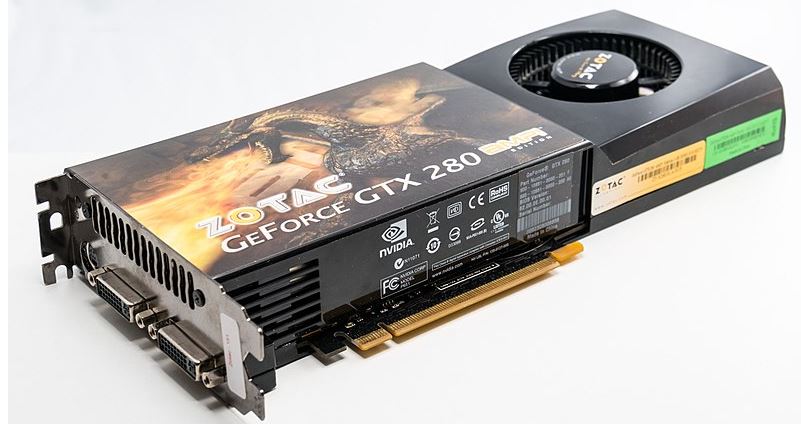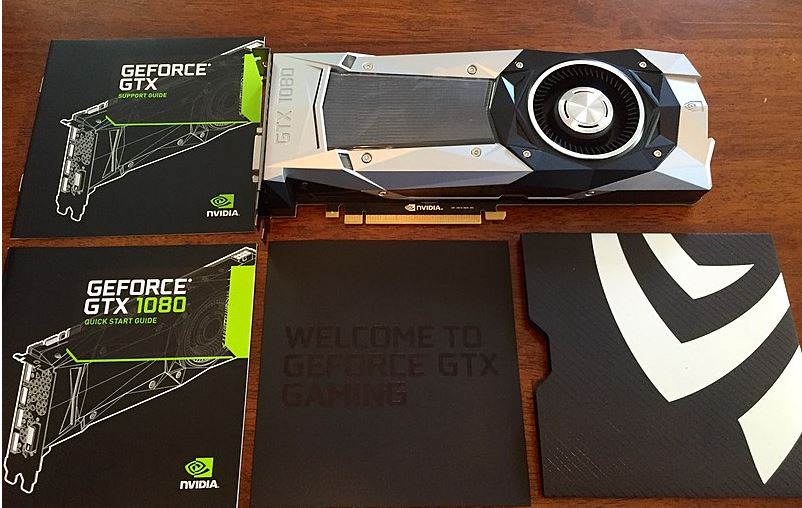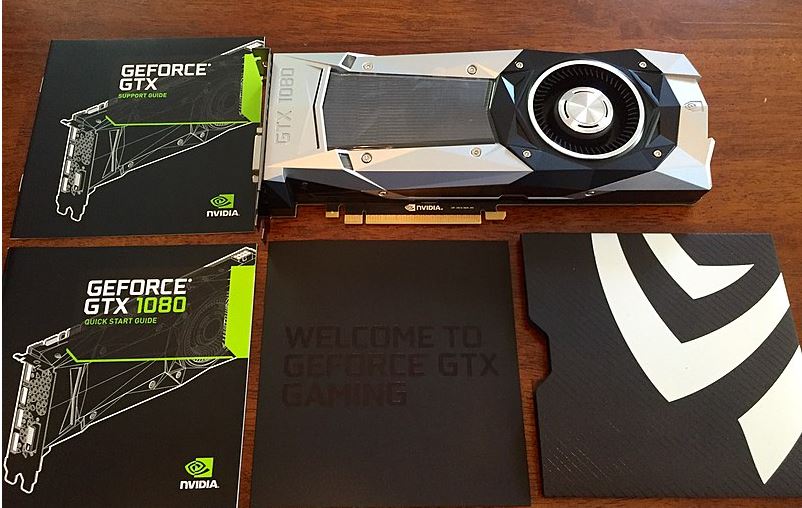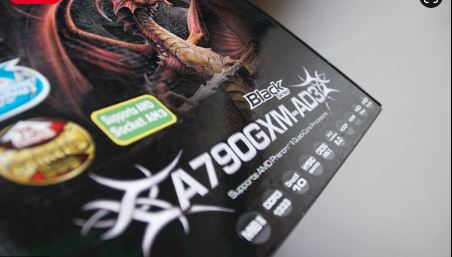Nvidia is a company that has been in the industry for a long time and has helped to revolutionize graphics cards.
Graphics cards are central processing units that process your computer’s images, graphics, and videos. Nvidia is widely known for its high-quality products.
Nvidia’s GPUs are used in computers, workstations, servers, gaming consoles, and mobile devices. They offer high-performance rendering with low latency and power consumption for all workloads.

What are the core specifications of Nvidia GeForce GTX 260?
Nvidia’s GeForce GTX 260 graphics card is an entry-level graphics card for gamers. The features of the graphic card make it easier to game on any computer. The GTX 260 is the perfect graphics card for people looking to play games at medium settings and who don’t have much money to spend.
It offers the ability to play games in high resolutions smoothly and with the most detailed visuals. It has a core clock speed of 576MHz and features 896MB of GDDR3 VRAM. The GTX 260 is not designed for any particular market segment or usage, making it suitable for many different types of gamers. Additionally, as it supports DirectX 10, playing older games on modern computers becomes easy.
With over 1,400 million transistors, Nvidia created a record in manufacturing the GTX 260 graphic card. Of course, the production cost is high for Nvidia, but then the increased transistors ensure performance for a long time. There is an increased use in the power consumption by the card. However, the designers at Nvidia focused on idle power consumption by including a chip that constantly monitors the GPU activity. Based on the inputs and usage, the chip alters each circuitry’s frequency, activity, and voltage. Because of this, although the card consumes a lot of power, it is reliable with reduced lag and impressive results.
The compatibility
The compatibility of the Nvidia GeForce GTX 260 is something that makes it an ideal choice for people using older computers. It supports all the significant motherboards that support DirectX 10, and the shader model support version 4.0. The interesting factor is the support for multi-GPU. It means you can connect two graphics to achieve higher performance using a three-way SLI link.
The connections
Nvidia GeForce GTX 260 comes with 2 DVI-I outputs. Powering the graphic requires a 2×6 pin power connector often found with the SMPS you have in the computer configuration. You can connect two monitors using the DVI-I output, provided there is a necessity for the same. In some cases, the two monitors are helpful to run two different applications for professional use or use them as a single screen in the wide format to run a game.

Performance-wise, the Nvidia GeForce GTX 260 manages a 41fps at medium settings, with the frame rate dropping to 21fps when set to the high setting. These frame rate settings are ideal for running most of the games available on the market. For instance, the graphic card ran the Far Cry 2 with blistering 74fps at high settings and a reasonable 30fps for the Call of Juarez.
Streaming Multiprocessors
Apart from an increase in multiprocessors, each processor has undergone several optimizations for better performance. The first is the increase in active threads – a hike from 768 to 1,024. The increased threads help in masking the latency during texturing operations. Nvidia also increased the total active threads to 30,720 compared to its previous iteration.
Because of the increase in active thread count, each processor uses 16 registers compared to 10. Therefore, due to increased registers and threads, the performance has doubled, because of which, playing a game in the high setting makes it simple.
Scalable Processor Array
Nvidia GeForce GTX 260 architecture remains the same. However, compared to the previous development, the GTX 260 has ten TPCs (Texture Processor Cluster), each consisting of a texture unit and three streaming multiprocessors. Due to the increased count, Nvidia was capable of using an enhanced scheduler for managing the texturing operations. A test performed to calculate the texturing units resulted in an increase from the original 64 to 80, giving an advantage of 11% over the predecessors.
Other Improvements
Nvidia ensured that it optimized various architectures to improve the performance of the GeForce GTX 260 graphic card. One such improvement is the increased post-transformation cache memory. The advantage of increasing the memory is that it avoids retransformation of the same vertex multiple times using indexed primitives. Due to this, there is a change in the vertex shader. Likewise, an increase in ROPs resulted in a reduced rejection of Early-Z, drastically improving the performance. Furthermore, Nvidia stated that there is an improvement in the communication between the commands and data with the GPU front end and driver.

Noise
Because of the excessive use of the transistors, Nvidia ensured that the card had enough ventilation. As a result, the fan, which runs at 700rpm at idle, is quiet. However, with games running in a high setting, you will listen to the fan spinning at high RPMs, generating noise. You can further use third-party software to control the fan rpm to reduce the noise.
Overclocking
Nvidia GeForce GTX 260 had a good result when overclocked. The card jumped to 648/1397/1184 MHz from 576/1242/999 MHz (GPU/ALU/Memory), which is 12% and 18%. The increase meant that the card generated additional 8.4fps at 2560×1600 resolution. Although overclocking helps extreme gamers, it may not be ideal for everyday computing and regular gaming.
The Verdict
Nvidia built the GeForce GTX 260 on the proven architecture by improving and tweaking a few points. It did help the card have a better performance compared to others in its class. The only downside is the absence of support for Direct3D 10.1. Even with a few nicks, the card stands out from the rest, and Nvidia priced it perfectly to fit it into every gamer’s requirement. Nvidia GeForce GTX 260 meets all the needs of a gamer. The improved architecture, low power consumption, and accelerated CUDA cores make it the best one at the price point and will be a best-seller.
